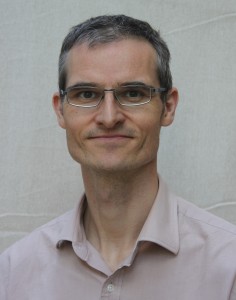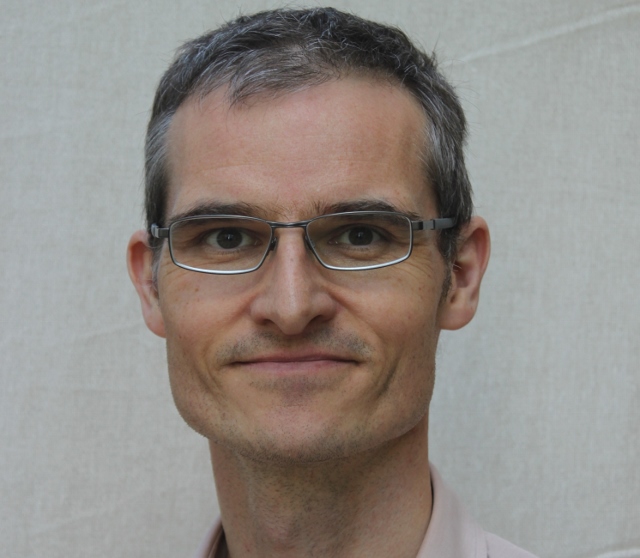 Britain’s ability to manage sustainable hunting in areas protected for wildlife has been highlighted at an international conference. More than 100 experts and stakeholders met in Finland to discuss hunting and wildlife management in relation to conservation in protected areas. The conference was organised by Metsahallitus Parks and Wildlife Finland which administers more than 12 million hectares of state-owned land.
Britain’s ability to manage sustainable hunting in areas protected for wildlife has been highlighted at an international conference. More than 100 experts and stakeholders met in Finland to discuss hunting and wildlife management in relation to conservation in protected areas. The conference was organised by Metsahallitus Parks and Wildlife Finland which administers more than 12 million hectares of state-owned land.
Ian Danby, who is the Head of Biodiversity at the British Association for Shooting and Conservation presented case studies ranging from the Scottish Highlands to the Somerset Levels that demonstrated the value of a balanced management, including sustainable hunting, in areas of the highest conservation value.
He explained how shooting not only complies with the EU legislation covering Specially Protected Areas (SPAs) but actively helps them to achieve their conservation targets.
In protected coastal areas where wildfowling is conducted through regulatory consents, issued by Natural England and Natural Resources Wales, the fowlers effectively police the marsh, maintain disturbance-free refuges and also provide vital feedback on the numbers and movements of waterfowl.
Inland, on the Somerset Levels, a mink trapping campaign spearheaded by shooters has resulted in a remarkable resurgence of water voles, which were locally threatened with extinction. This work, in conjunction with county wildlife trusts and national authorities, aims to ensure that the entire south-western peninsula is free from the alien invasive mink.
Ian highlighted the fact that shooting takes place on two-thirds of the UK’s rural land and that most of this is in private hands, making access difficult for other conservationists. He said; “By working with other groups, the shooting community can improve access, the flow of knowledge and the ability to set informed and achievable conservation targets. Joint projects dramatically increase the amount of information available and the scope for effective action.”
Other speakers at the conference included Marita Arvela, from the EU Commission, who explained that the Natura 2000 Network was established to ensure the long-term survival of the most valuable species and habitats in Europe. She said that many human activities, including hunting, are not automatically prohibited but may be restricted if they cause significant disturbance.
Representing the International Union for the Conservation of Nature, Robert Kenward drew attention to the huge effort that volunteers, including hunters, are investing in biodiversity, while Konstantin Konopoulos of the European Landowners’ Organisation pointed out that the different attitudes of urban and rural citizens is the source of conflict on many issues.
Mike Sherman, vice-chairman of BASC said; “Ian’s participation shows how highly regarded BASC is both in Europe and among conservationists. In the UK we have created a model for shooting and wildlife organisations to work together to produce huge benefits for conservation, and the world is taking note.”
